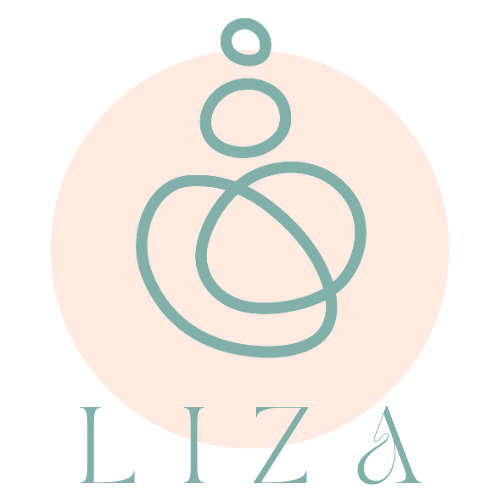כלים ושיטות
I love learning new things and expanding my somatic tool kit to help myself and others to live a more harmonious and balanced lives.
Here are some of the methods and tools I picked up along the way and I'd love to share with you as part of our collaborative somatic learning practice:
Focusing is essentially a problem-solving tool. It helps us to find balance and choose what is right for us in every given situation we encounter. Through this technique we connect to our “felt sense” (the signals that our body sends to communicate with our conscious mind). By tuning into our bodies we become aware of the different parts that are alive within us at every given moment. We are then called to explore what it is that asks for our attention. This method is particularly helpful when we need to make significant decisions in life. It helps us to get clarity and approach the situation with compassion towards the different parts that are at play when we need to choose what will make our lives better and more harmonious.
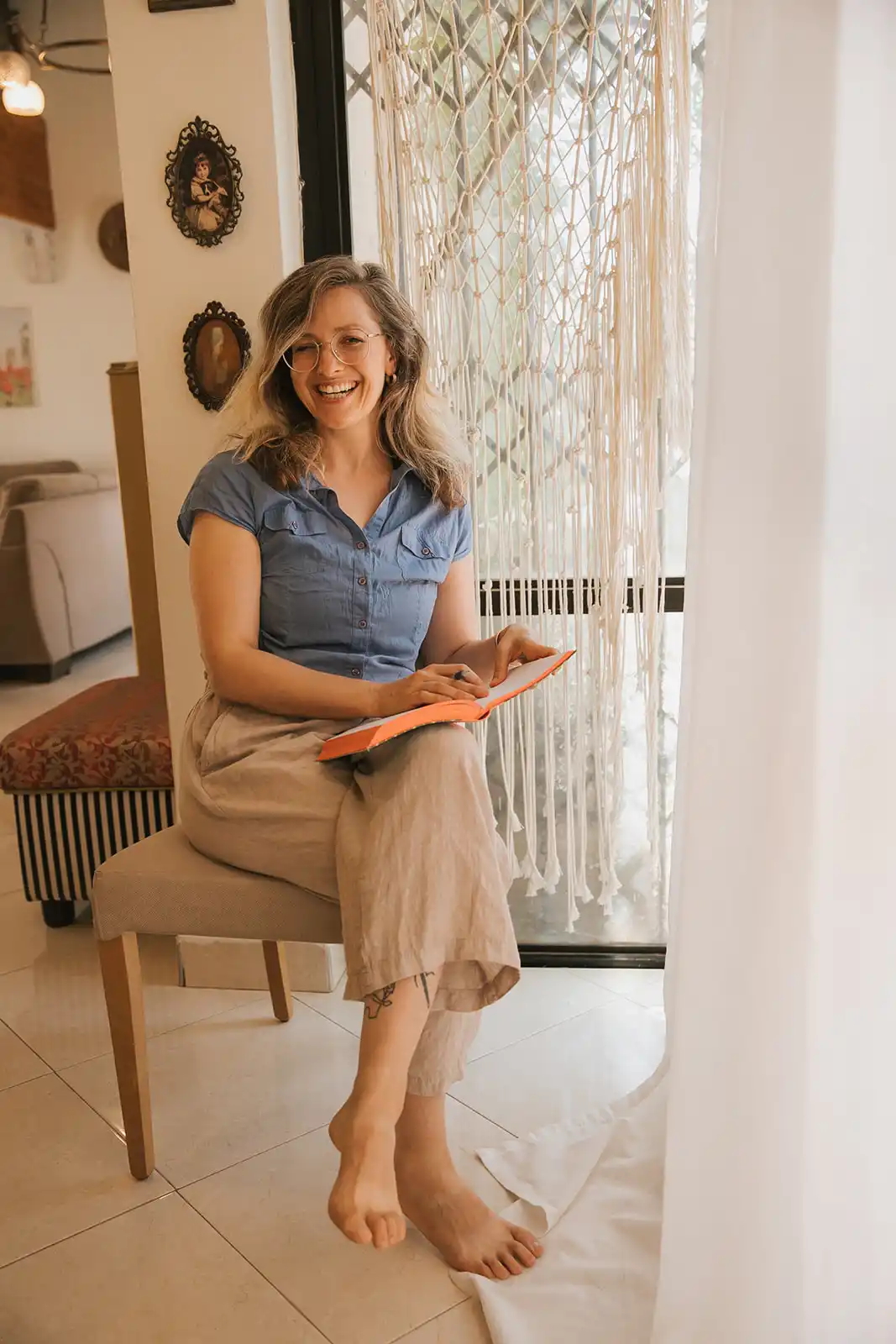
Somatic Writing is a form of reflective writing that helps us to achieve coherence and clarity. When we write from our sensory experience we can truly connect to this moment, and reflect on the here and now. This technique is particularly effective in relieving stress and anxiety as well as inducing the mundane with creativity and meaning. Writing from the felt sense can help us resolve writing blocks and can inspire us to process complex ideas, situations and emotions. It can help us gain clarity and grant us deeper understanding of what we need at a given moment to resource ourselves and our relationships.
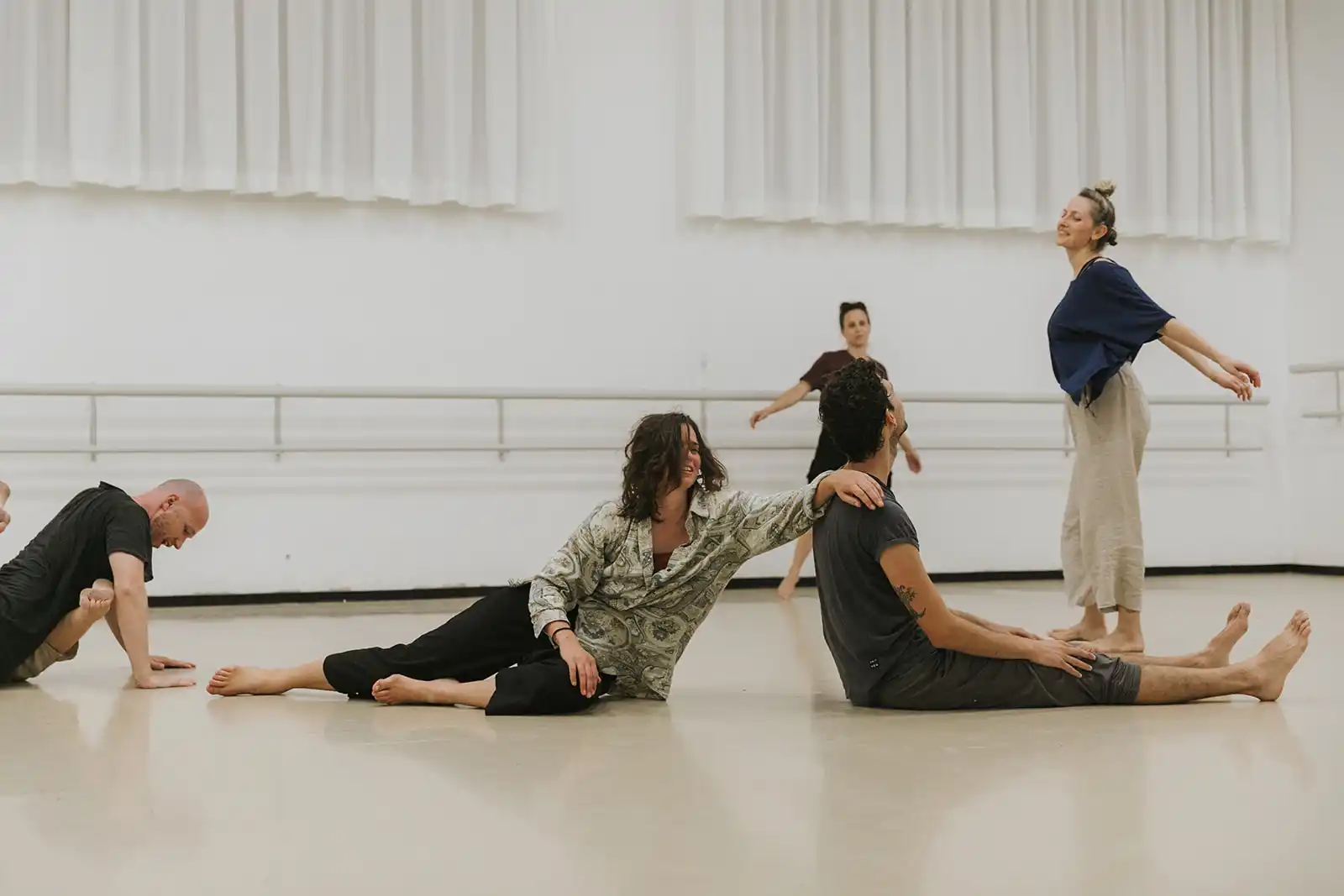
Movement, like love, is an act of healing. When we listen deeply to our body and to its signals, we can alleviate pain and relieve stress and tension and simply enjoy the experience of being alive. Somatic movement is an opportunity to explore what the body needs at every single moment and move accordingly, with curiosity, compassion, and interest towards the next step.
CI is a movement practice that allows us to research the world around us and within us through our bodies. By engaging in this form of dance we are invited to explore our relationships and communication styles in a movement lab. CI is a non hierarchical form of dance that questions much of our predispositions about dance, movement, bodies, gravity, attachment, sexuality, pleasure, pain, communication, leadership, power dynamics and so much more. It is an opportunity to put to a test all we've ever agreed to be true or right and embark onto a journey of unlearning and wonderment through our material bodies and into our spiritual, emotional and mental spheres.
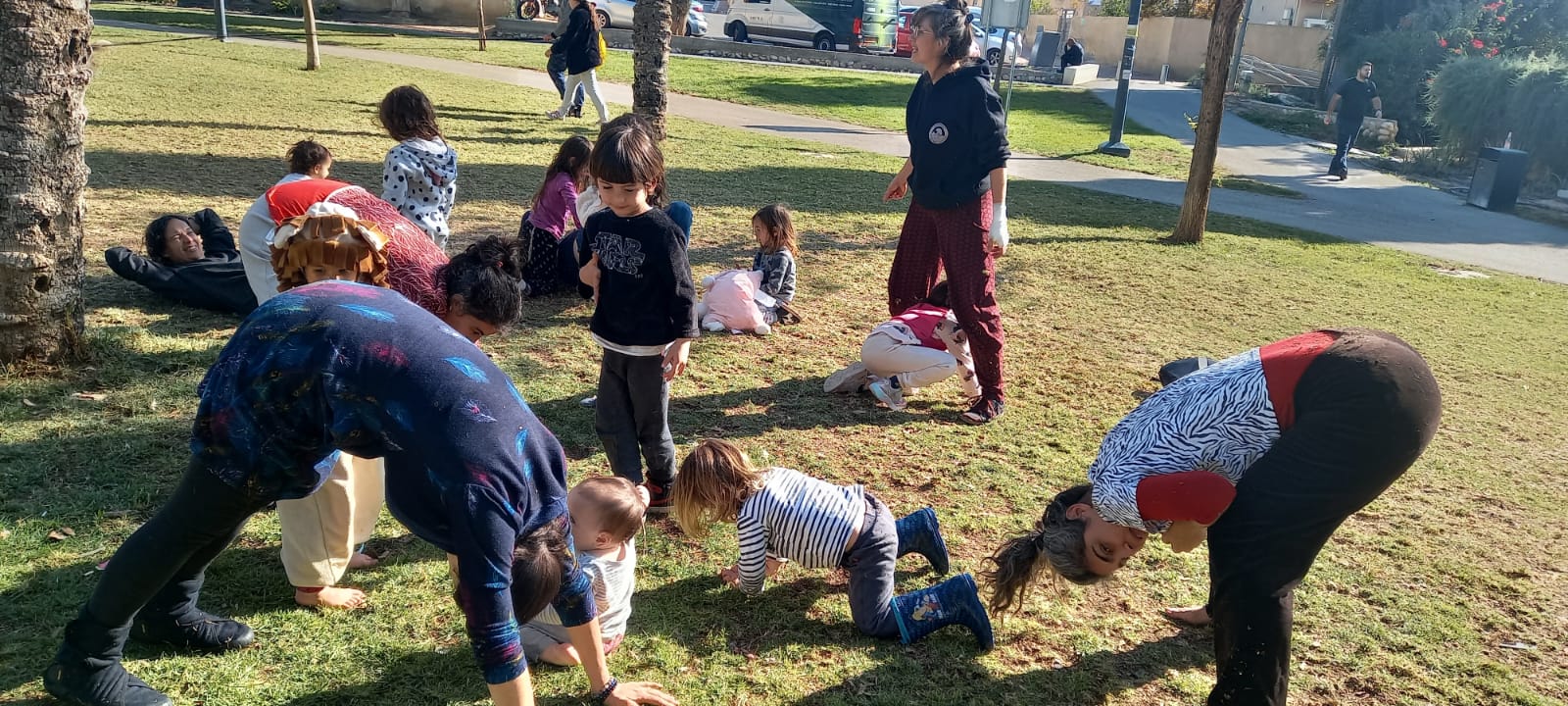
ContaKids is a fun and innovative way to foster non-verbal communication between children and their adults. By working with the body, movement and physical contact, parents / grandparents and children develop a new, physical form of communication, which is enjoyable for both; children enhance and improve their motor skills and self-confidence and parents develop a sense of trust in their child and themselves. This somatic practice was developed by Itay Yatuv and is taught in Israel and in Europe. I'm a trained ContaKids teacher and I strongly believe in integrating ContaKids in diverse populations. I work with children with special needs and their families.
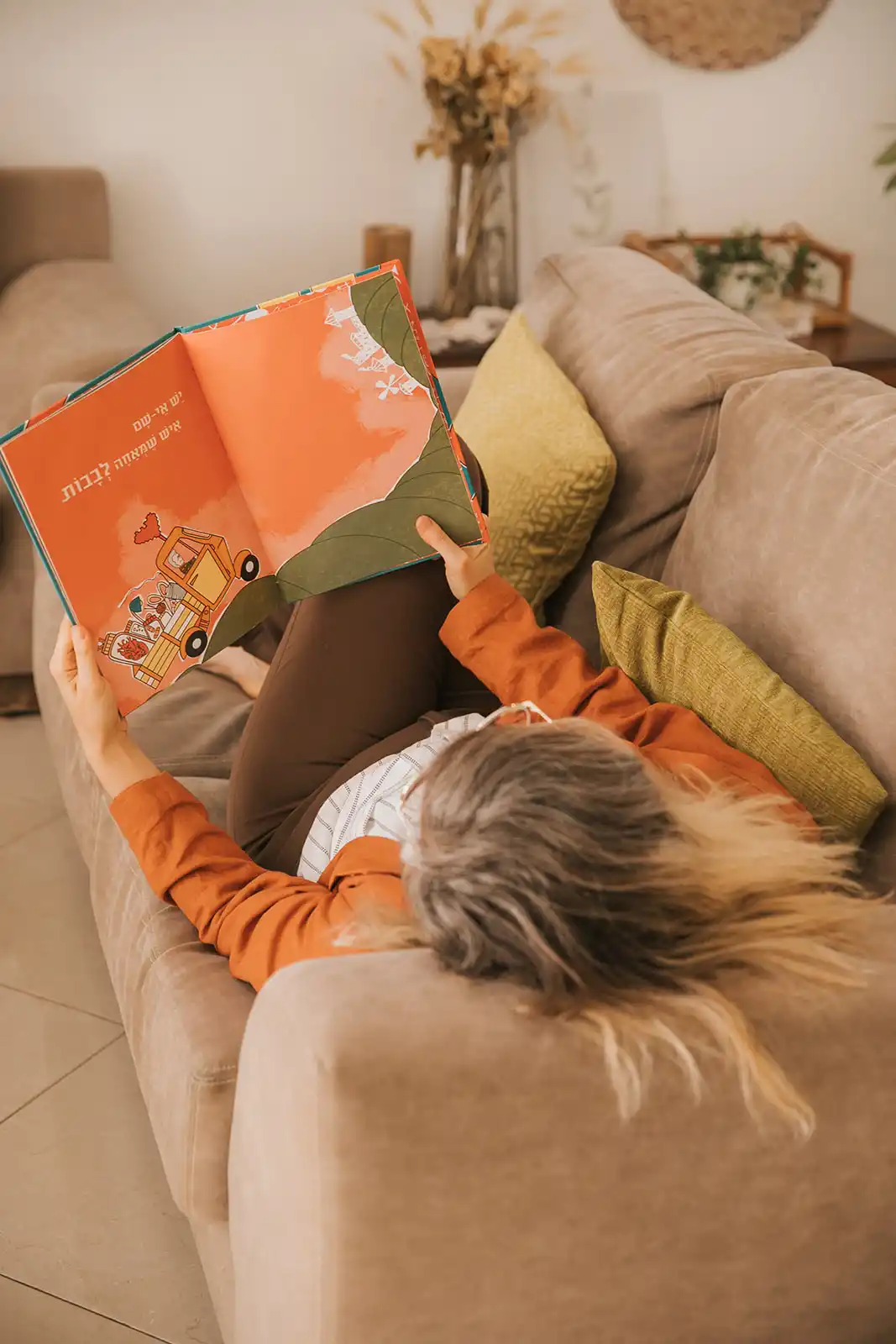
Bibliotherapy allows for a text to become a healing space for those who practice writing, reading or orally navigating through a narrative. As humans, we draw meaning from stories and as such, narratives can be a transformative force in our lives, in the sense that they can function as a reflection of what we think and feel. Through the prism of a narrative, we can see the unfolding of our life story from another perspective and possibly re-write it in a way that will help us feel more at ease and potentially even inspired by the human beings we've come to be. In my practice I turn to Bibliotherapy to promote problem solving, increase compassion, develop empathetic understanding and enhance self-awareness and self-worth. Bibliotherapy encourages effective social behavior, clarifies values, and fosters the sense of belonging.
NVC relies on the premise that all humans have needs. When our needs are fulfilled we experience harmony and flow; when our needs are unmet we experience low energy and what might be termed as 'negative emotions.' Tapping into our needs at a given situation can alleviate symptoms of stress and anxiety, and can foster meaningful, compassionate and empathetic relationships.
Bringing our attention to the here and now can assist us cope with grief, stress, anxiety, pain and other challenges that we face in life. My work is very much based in trauma-aware mindfulness, namely, the awareness that bringing our attention to the here and now, to our breath, to our bodies, can overwhelm the nervous system and cause damage both in the short and in the long run. For that reason, our work with mindfulness is gradual and allows space to process (either through reflective writing or through other forms of expression) what took place in the mindfulness session.
